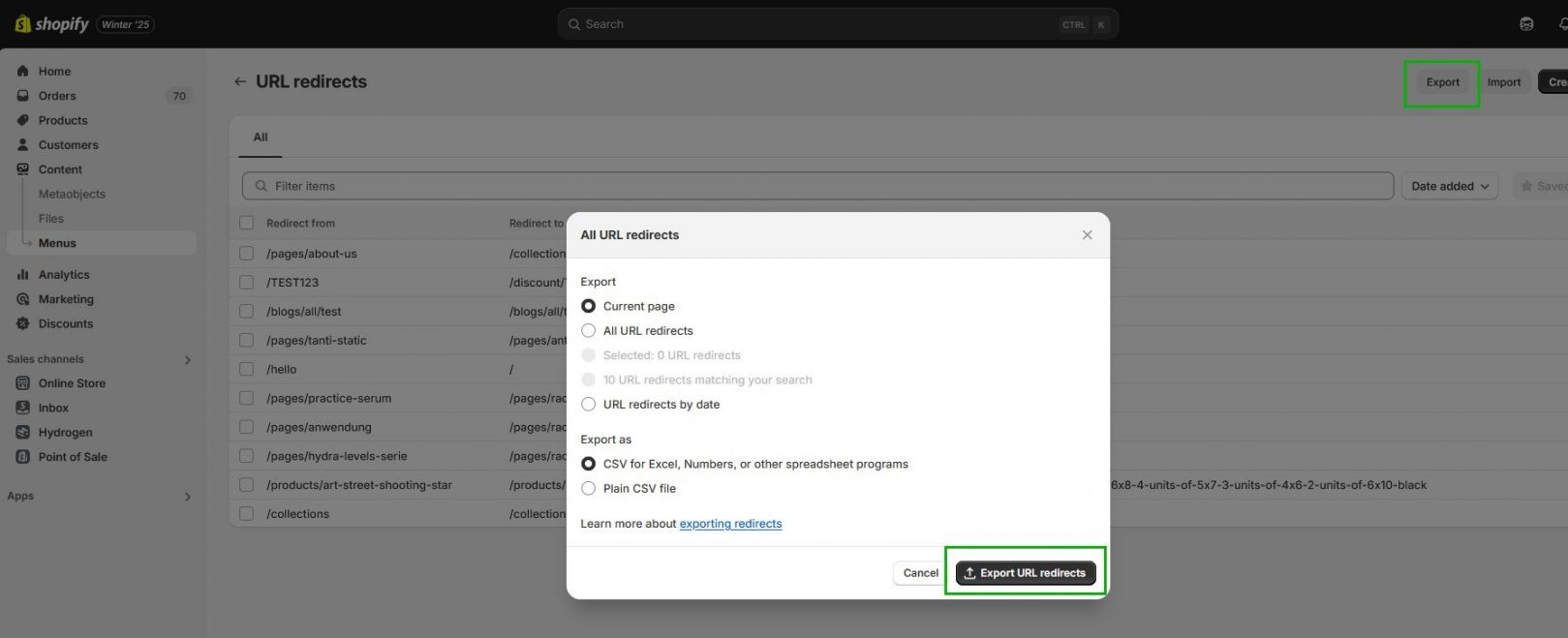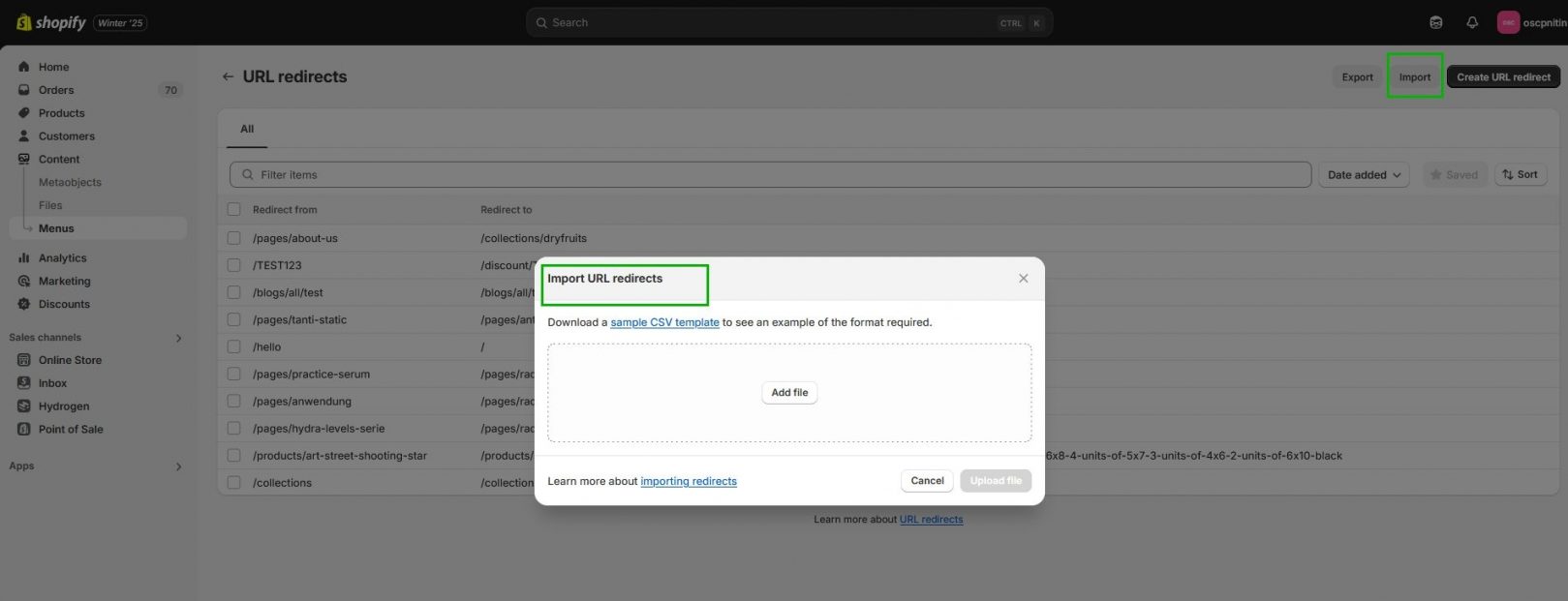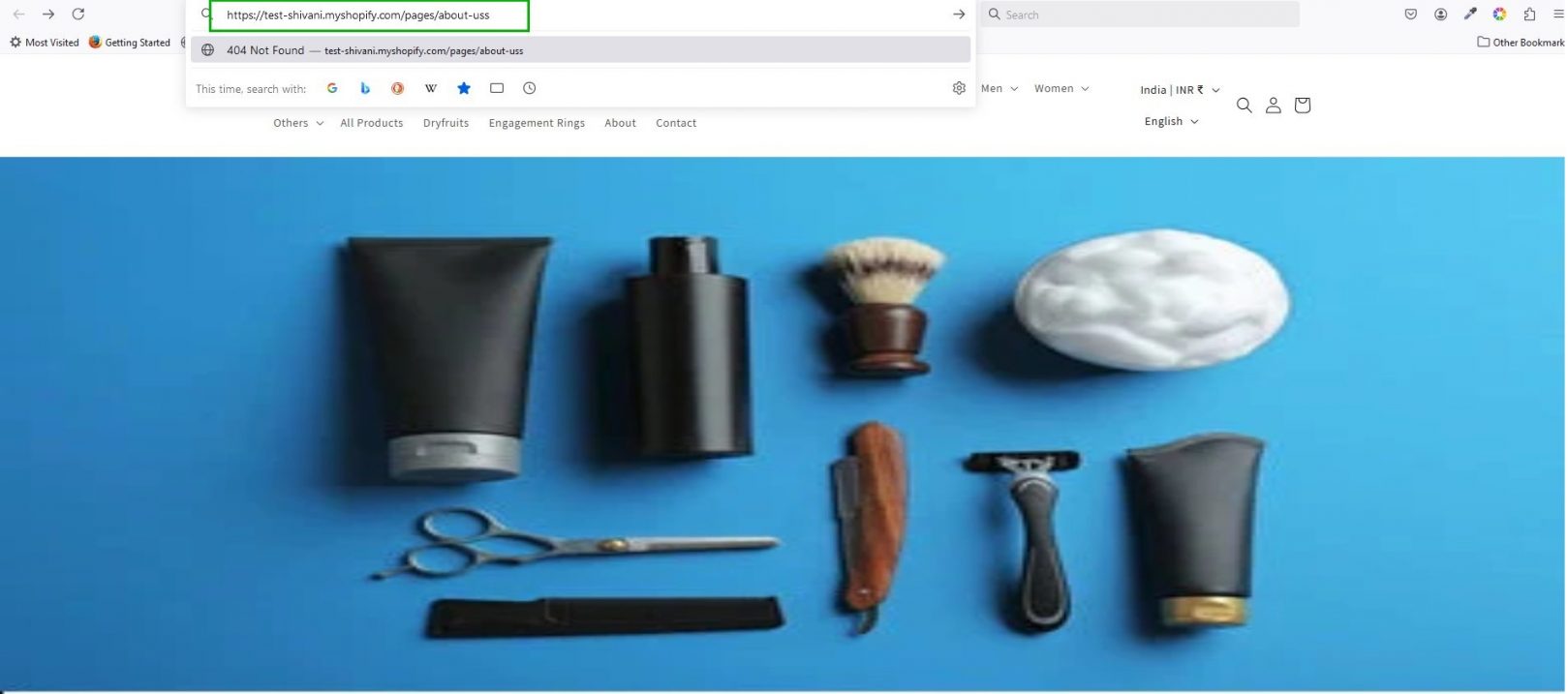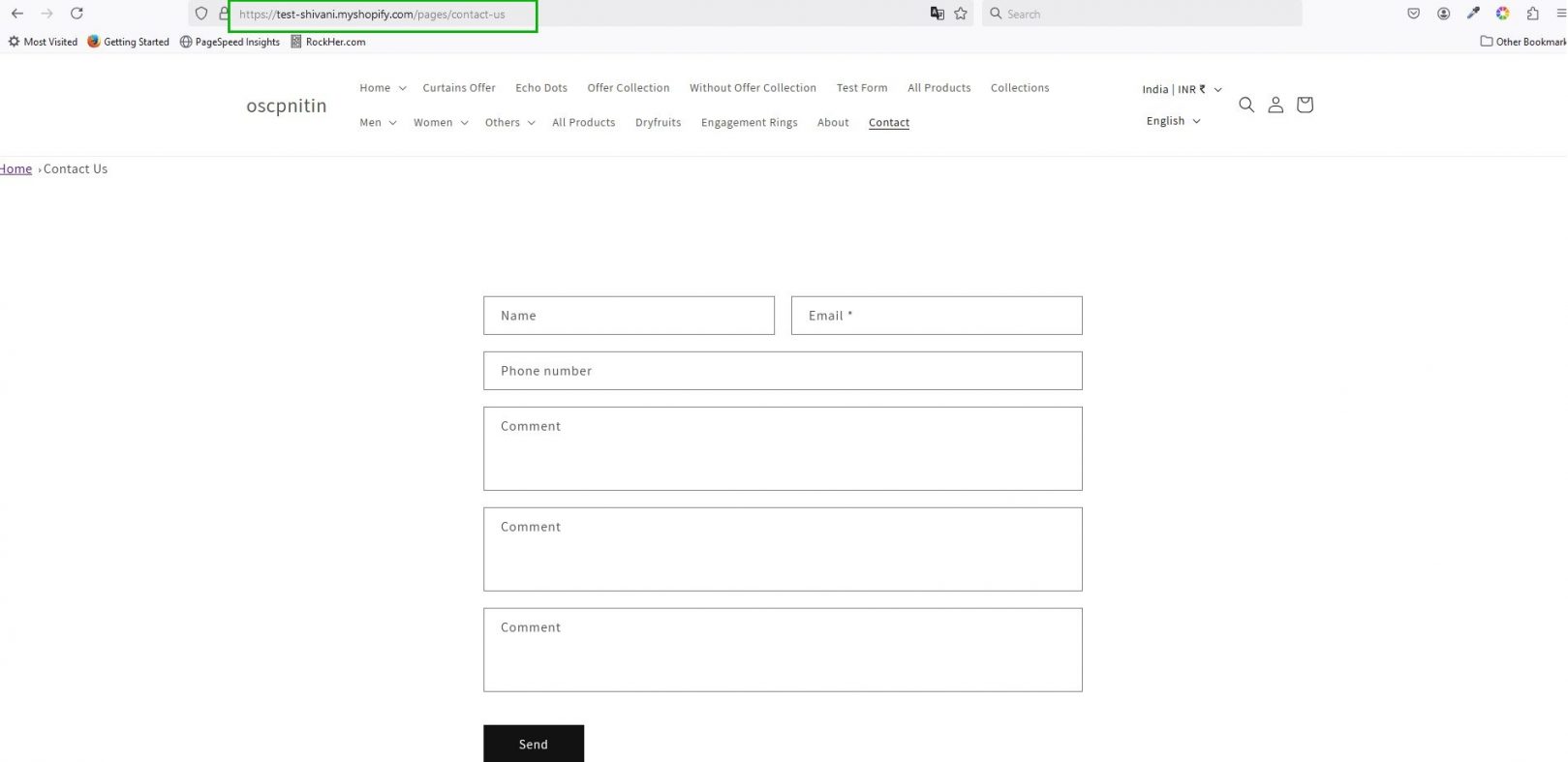How to Make a 301 Redirect in Shopify for Better SEO and User Experience
Introduction
When restructuring your website or renaming pages, managing URL redirects becomes a critical aspect of maintaining a seamless online experience. Shopify simplifies this process with its built-in features, allowing you to set up 301 redirects manually or in bulk using its import/export feature. This blog post provides a complete guide to setting up single and bulk 301 redirects in Shopify to boost SEO and enhance user experience.
What Are 301 Redirects and Why Are They Important for Shopify SEO?
A 301 redirect is a permanent redirect from one URL to another. It signals to browsers and search engines that the page has been permanently moved, ensuring visitors are automatically redirected to the new URL without encountering a “404 Not Found” error. These redirects are crucial for maintaining SEO rankings and ensuring a smooth browsing experience in your Shopify store.
Why Use 301 Redirects in Shopify to Optimize SEO?
- Transfer SEO Value: Redirects ensure the SEO value of old URLs is passed to the new ones in your Shopify store.
- Improve User Experience: Prevent users from landing on broken pages, which can harm their perception of your Shopify store.
- Simplify URL Changes: Easily handle redirects during website restructuring without affecting search engine visibility, ensuring your Shopify store remains user-friendly.
How to Set Up a 301 Redirect in Shopify: A Step-by-Step Guide
Step 1: Access the URL Redirects Section in Shopify
- Log into your Shopify admin panel.
- Navigate to Content > Menus.
- Click URL Redirects at the top.
Step 2: Add a Single 301 Redirect for SEO and Usability
- Click Create URL Redirect.
- In the Redirect from the field, enter the old URL (e.g., /old-page).
- In the Redirect to the field, enter the new URL (e.g., /new-page or a full external URL).
- Click Save.
Ready to launch your Shopify store? We will create a standout site with our development and optimization to build a store that sells.
Contact us now and get your store up and running fast!
Step 3: Bulk Import or Export 301 Redirects in Shopify
Shopify’s import/export feature makes managing large numbers of redirects easy and efficient.
Export All Existing Redirects in Shopify
- From the URL Redirects page, click Export.
- A CSV file with your existing redirects will download.
- Open the CSV file using a spreadsheet editor (e.g., Microsoft Excel or Google Sheets).
Format the CSV File for Importing Redirects to Shopify
- Create a CSV file with two columns:
- Column A: Redirect from – Old URL paths (e.g., /old-page).
- Column B: Redirect to – New URL paths (e.g., /new-page).
- Ensure no extra columns or formatting issues exist.
- Save the file in CSV format.
Import Bulk Redirects to Shopify
- Go to the URL Redirects section in your Shopify admin panel and click the Import button.
- Upload your prepared CSV file.
- Shopify will process the file and apply the redirects seamlessly across your store.
Output:
Note: If the source URL is a valid or active link then URL redirects will not work.
Best Practices for Bulk 301 Redirects in Shopify
- Test a Small Batch in Shopify: Before importing hundreds of redirects, test with a small sample to ensure proper formatting.
- Use Relative URLs in Shopify: For in-store redirects, use relative URLs (e.g., /old-page) instead of full URLs to simplify the process.
- Eliminate Duplicates: Ensure the CSV file contains no duplicate entries to avoid import errors when uploading to Shopify.
Common Use Cases for Bulk 301 Redirects in Shopify
- Shopify Store Migration: Redirect URLs when moving from another platform to Shopify to maintain traffic and SEO rankings.
- URL Optimization for SEO: Redirect outdated URLs to new, SEO-optimized URLs to enhance search visibility in Shopify.
- Content Consolidation in Shopify: Combine multiple pages (e.g., product or blog pages) and redirect old URLs to the updated page to retain link equity.
Disadvantages of Not Using Shopify 301 Redirects
- Broken Links in Shopify: Visitors encounter “404 errors,” leading to a poor user experience and lost trust in your Shopify store.
- SEO Impact: Old URLs may drop from search results without passing authority to the new link, negatively affecting search rankings for your Shopify site.
- Lost Revenue: Customers unable to find pages may leave, resulting in reduced sales and conversions in your Shopify store.
Conclusion
Setting up a 301 redirect in Shopify is one of the best practices when updating URLs in your Shopify store. It ensures your website maintains its integrity and provides a seamless experience for users and search engines. Shopify’s built-in functionality makes it easy to manage redirects, keeping your store optimized and accessible.
By following this guide, you can prevent broken links, retain SEO rankings, and enhance the user experience. Start managing your redirects today to create a well-structured, high-performing Shopify store!







